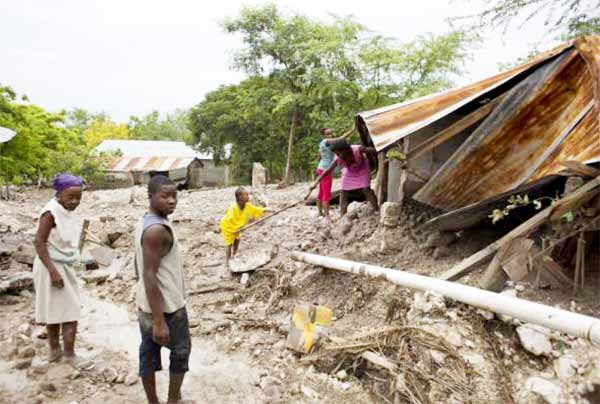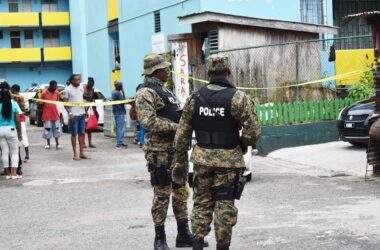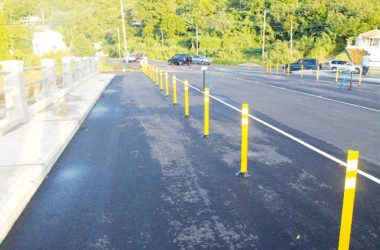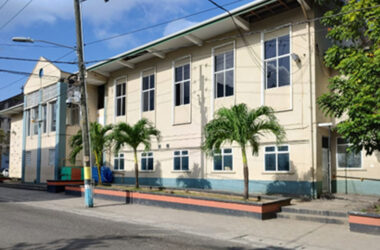THE extent of the destruction caused by Topical Storm Erika in Dominica two weeks ago, again causes us to focus on the vulnerability of small islands in this era of climate change and the need to guard against it.
In recent years, several of our Caribbean islands have felt the fury of weather systems like never before. St Lucia alone has experienced three devastating systems: Tropical Storm Debby in 1994, Hurricane Tomas in 2010 and the Christmas trough of 2013. The effects have been catastrophic. We have now seen Erika’s destruction in Dominica on an equally massive scale.
We keep hearing that we can combat the effects of adverse weather and other natural disasters by being prepared, which seems to suggest that once we are prepared, damages will be minimal. Can being prepared really help small islands win the battle against climate change?
Islands in this region, like others elsewhere are busy devising developmental strategies aimed at reducing global greenhouse gas emissions. At the same time they have to be spending millions of dollars putting up the defences that are necessary to mitigate the effects of bad weather. It is a very tall order for these poor little countries, already struggling to deal with a host of social and economic issues such as high unemployment, poor health care, poverty, fiscal deficits and mounting debt.
But importantly, it is an opportunity for islands like St Lucia and Dominica and the rest to re-examine their development priorities. If preparation in the form of disaster mitigation projects is an imperative then it follows that these countries will have to spend considerable portions of their national budgets building such defences. Also new planning, building and development guidelines would become urgent. For instance, in the current scenario, does it make sense undertaking developmental projects costing several hundred thousand dollars close to the seashore which can be washed away in bad weather? Should we continue to allow people to build houses on hillsides– as we still do in St Lucia– that can we carried away in landslides? How do we keep raging seas or rivers from flooding places like Anse la Raye and Dennery, for example?
In St Lucia, most of our towns and villages are located virtually on the coast. With seas levels expected to continue rising, what are the options of these communities? Have we considered the fact that the rise in sea levels can eventually force thousands of our people to flee the places they now call home? Should we not prepare for this possibility as well?
We raise these issues, not to cause alarm, but rather to draw attention to the dangerous consequences of climate change on islands like ours and to make the point that our plans to fight the effects of climate must begin to be more focused and vigorous. We didn’t need what happened to Dominica to remind us how vulnerable we are. But we got it anyway, and now that we have seen again what the consequences can be, and seen it quite graphically too, we must beware.
Let’s face it, it will be quite costly fighting the effects of climate change but we owe it to ourselves to employ every possible avenue for mitigation.














